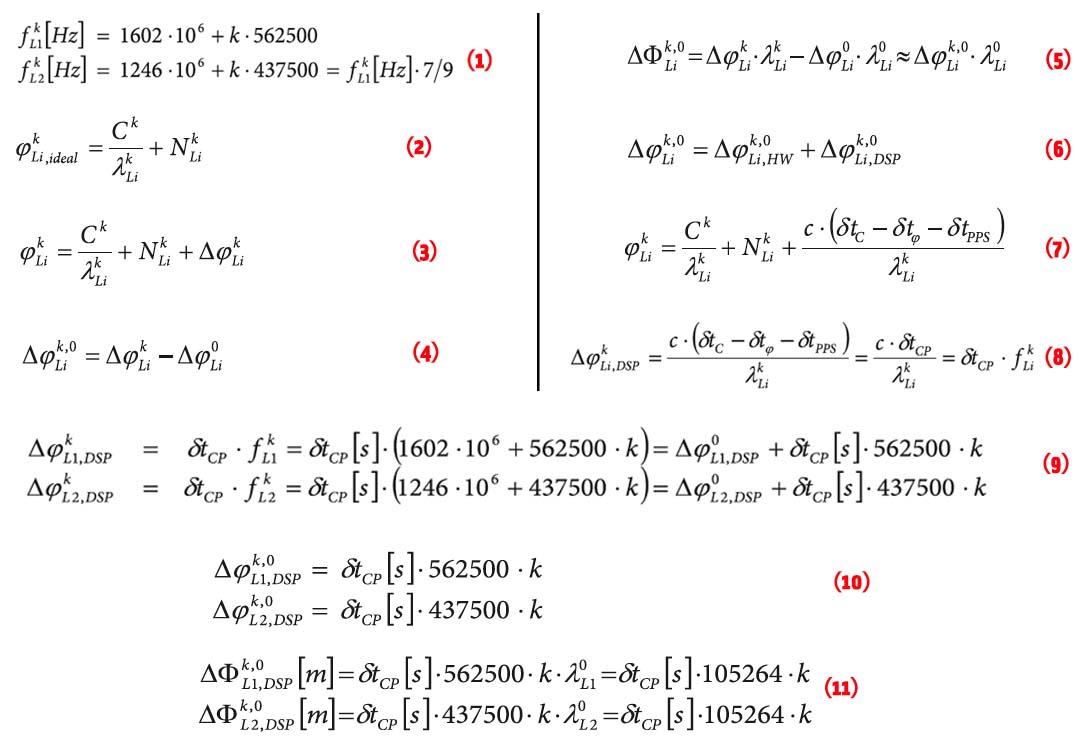 EQUATIONS 1 -11
EQUATIONS 1 -11GLONASS currently uses a frequency division multiple access (FDMA) technique to distinguish the signals coming from different satellites in the Russian GNSS constellation. The GLONASS L1 and L2 bands are divided into 14 sub-bands, and each satellite transmits in one of these.
The sub-bands are identified by frequency numbers k, from -7 to 6. The GLONASS L1 and L2 carrier frequencies, in hertz, at a frequency number k are defined by:
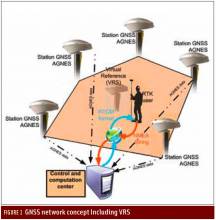 FIGURE 2: Example of a national geoid (upper diagram) and a correction surface for the transformation from the new orthometric height system to the old height system (lower diagram). Country is Switzerland. Geoid undulations range from 45 to 55 meters in ETRS89 and from -5 to +5 meters in the national System CH1903+. Lower diagram: Correction surface to transform from the new orthometric height system (LHN95) to the old height system LN02 with corrections from -0.10 to 0.55 meters.
FIGURE 2: Example of a national geoid (upper diagram) and a correction surface for the transformation from the new orthometric height system to the old height system (lower diagram). Country is Switzerland. Geoid undulations range from 45 to 55 meters in ETRS89 and from -5 to +5 meters in the national System CH1903+. Lower diagram: Correction surface to transform from the new orthometric height system (LHN95) to the old height system LN02 with corrections from -0.10 to 0.55 meters.Q: How do GNSS-derived heights differ from other height systems?
A: Height estimation using GNSS always seems to be trickier than horizontal coordinate estimation.
Why?
On the one hand, the GNSS technique has error sources that are more critical in the vertical direction. Height estimates are weaker because of a combination of satellite geometry, the presence of strong correlations to other parameters, such as atmospheric delays, and the antenna phase center model applied during data analysis.
By Inside GNSSWorking Papers explore the technical and scientific themes that underpin GNSS programs and applications. This regular column is coordinated by Prof. Dr.-Ing. Günter Hein, head of Europe’s Galileo Operations and Evolution.
By Inside GNSSAn increasingly urgent call to certify performance of Global Positioning System (GPS) receivers is being heard from several sectors of the national political and business landscape. This issue has arisen now as a direct result of the LightSquared initiative that has generated so much attention over the last 18 months.
Instead of diving into those issues directly, however, a little historical perspective is in order first — and it’s amazing in itself that a technology as new as GPS in the public eye would actually have a history to reflect upon, but it does.
By Inside GNSS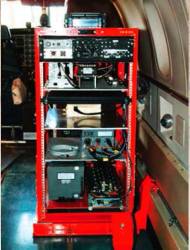 Typical Rack-Mounted UHARS System
Typical Rack-Mounted UHARS SystemA next-generation “truth” reference system for the U.S. Air Force (USAF) — the Ultra High Accuracy Reference System (UHARS) — is currently under development by the 746th Test Squadron (746 TS) at Holloman Air Force Base, New Mexico.
By Inside GNSS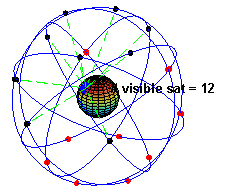
The Civil GPS Interface Committee (CGSIC) will meet during the ION GNSS 2012 conference at the Nashville Convention Center in Tennessee, USA on Monday, September 17 and Tuesday, September 18. This will be the 52nd meeting of the group.
The plenary session on Tuesday morning features updates by the U.S. National Space-Based PNT director, the Air Force GPS Directorate commander, the Air Force Second Space Operations Squadron commander and State Department and Homeland Security senior officials.
By Inside GNSS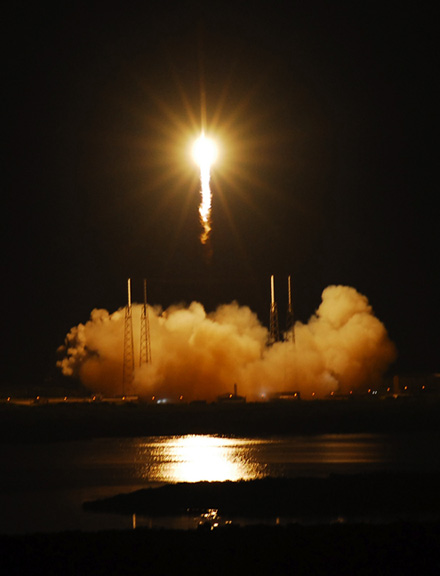 SpaceX Falcon 9/Dragon launch on May 22, 2012. NASA/Alan Ault
SpaceX Falcon 9/Dragon launch on May 22, 2012. NASA/Alan AultThe unmanned SpaceX Dragon spacecraft currently attempting to visit to the International Space Station (ISS) is using on board GPS receivers to perform a series of maneuvers as part of NASA’s first collaboration with the commercial space operator.
On Tuesday (May 22, 2012) in its first day of flight after launching from Cape Canaveral on board SpaceX’s Falcon 9 rocket, Dragon successfully completed a test of its absolute GPS system, using GPS to determine its location and communicating this data via NASA tracking satellites.
By Inside GNSS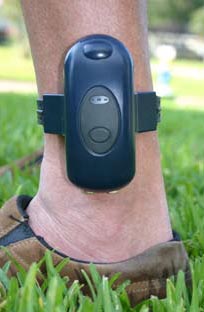 STOP GPS-based monitoring device
STOP GPS-based monitoring device(Updated May 22) Amid a growing controversy over GNSS-aided tracking of private citizens, a recent study sponsored by the U.S. Department of Justice (DoJ) may point toward a politically acceptable, large — and largely untapped — market: monitoring criminals released early from prison.
By Inside GNSS An afternoon at the 2011 symposium
An afternoon at the 2011 symposiumThe Inertial Sensors and Systems symposium will take place at the Karlsruhe Institute of Technology in Karlsruhe, Germany on September 18 and 19, 2012. The conference will be held in English.
At this conference, formerly the Symposium Gyro Technology, the latest state of inertial sensors and navigation systems as well as gyro technology will be presented.
This includes applications of this technology, the development of new systems, components and test procedures as well as investigations on cost and marketing aspects.
 Ceremonial room in the Mysore Palace, now a public museum.
Ceremonial room in the Mysore Palace, now a public museum.The 39th scientific assembly of COSPAR, the Committee On Space Research, willl take place from July 14 to July 22, 2012 at the Global Education Centre-2, Infosys Training Centre, Mysore, Karnataka, India. Mysore is known as the "City of Palaces."
The topics are fundmentals and relevance of space science and technological innovations and applications. Of particular interest to readers of Inside GNSS are sessions on atomic clocks, space weather, space debris, satellite dynamic and the ionosphere.
By Inside GNSS Calle peatonal Lota Bajo (Photo: Jorge González)
Calle peatonal Lota Bajo (Photo: Jorge González)SIRGAS 2012, the annual working meeting of the organization in charge of the geocentric reference system for the Americas, will be held at the Universidad de Concepción auditorium in Concepción, Chile October 29 through 31, 2012.
The event will also be hosted by the Instituto Geográfico Militar of Chile.
In addition to the meeting sessions, a technical visit to the Transportable Integrated Geodetic Observatory (TIGO) of the German Federal Agency for Cartography and Geodesy (BKG) is scheduled.
 The Pyramid, a Karlsruhe landmark
The Pyramid, a Karlsruhe landmarkIEEE’s giant robotics conference comes to Karlsruhe, Germany in 2013, with the theme "Anthropomatics-Technologies for Humans."
The event will take place at the Karlsruhe convention center (Knogresszentrum Karlsruhe) on May 6-10, 2013.
The conference covers every possible aspect of robotics development from body form and movement, programming and learning, hardware and software to lots of positioning, navigation and timing aspects.
By Inside GNSS